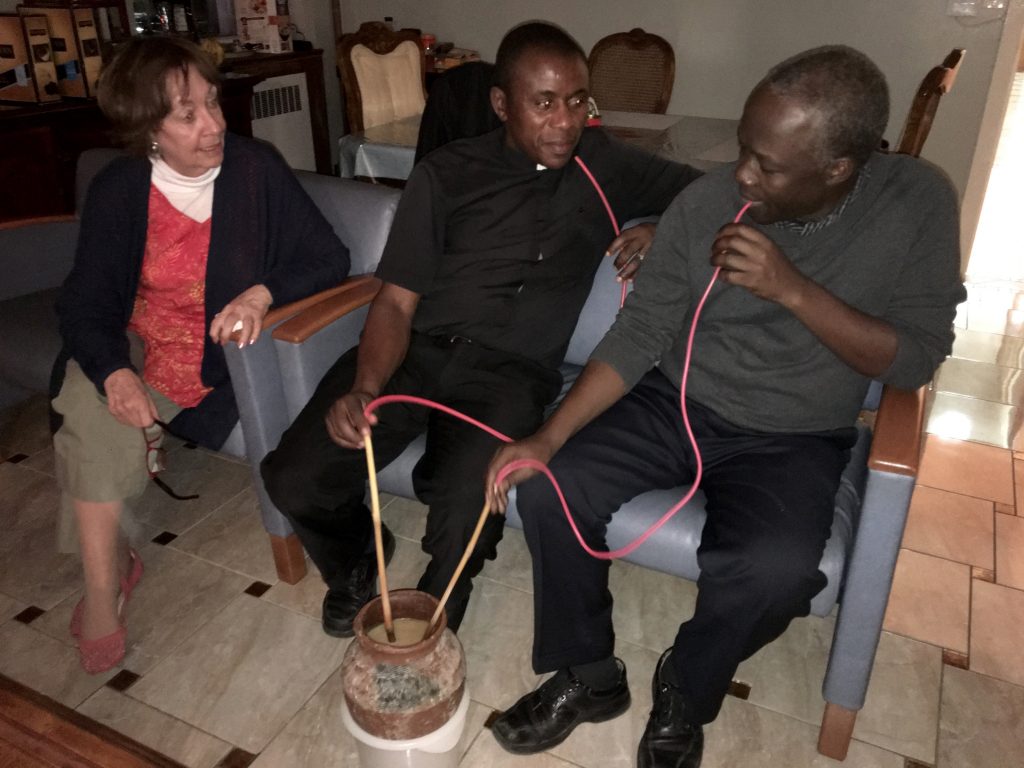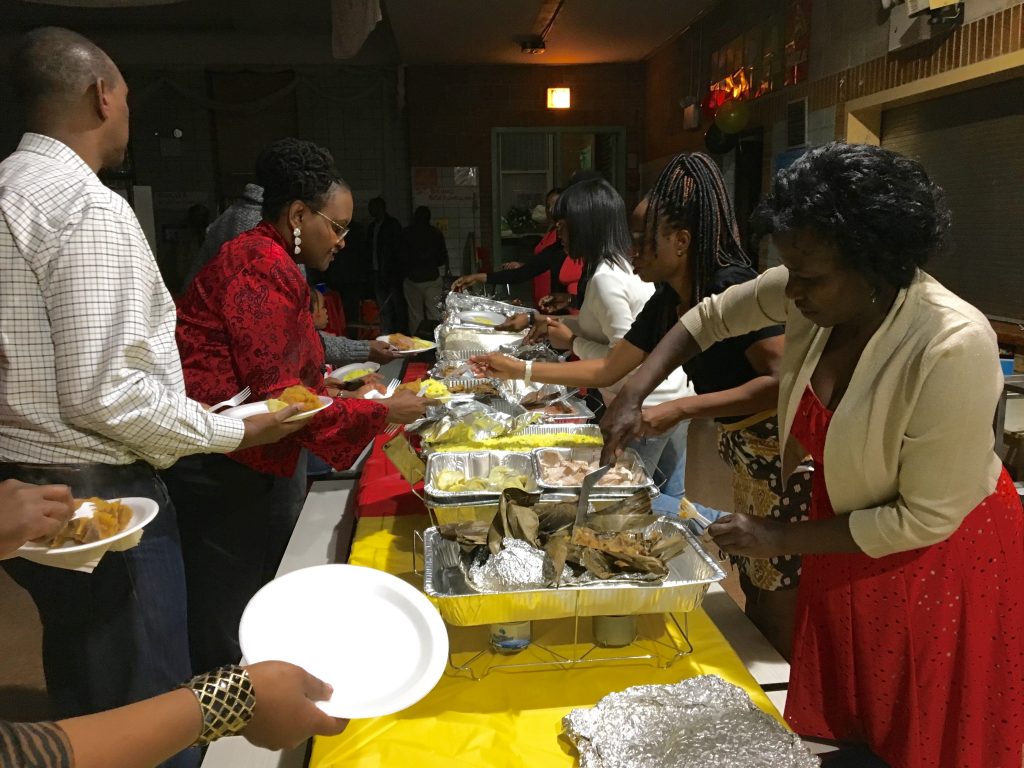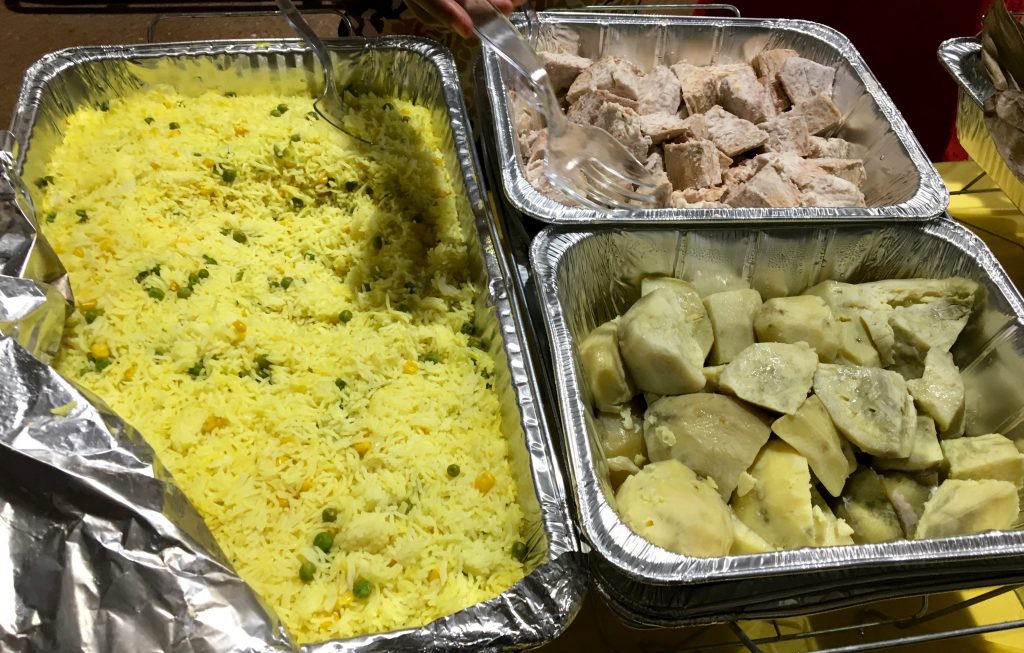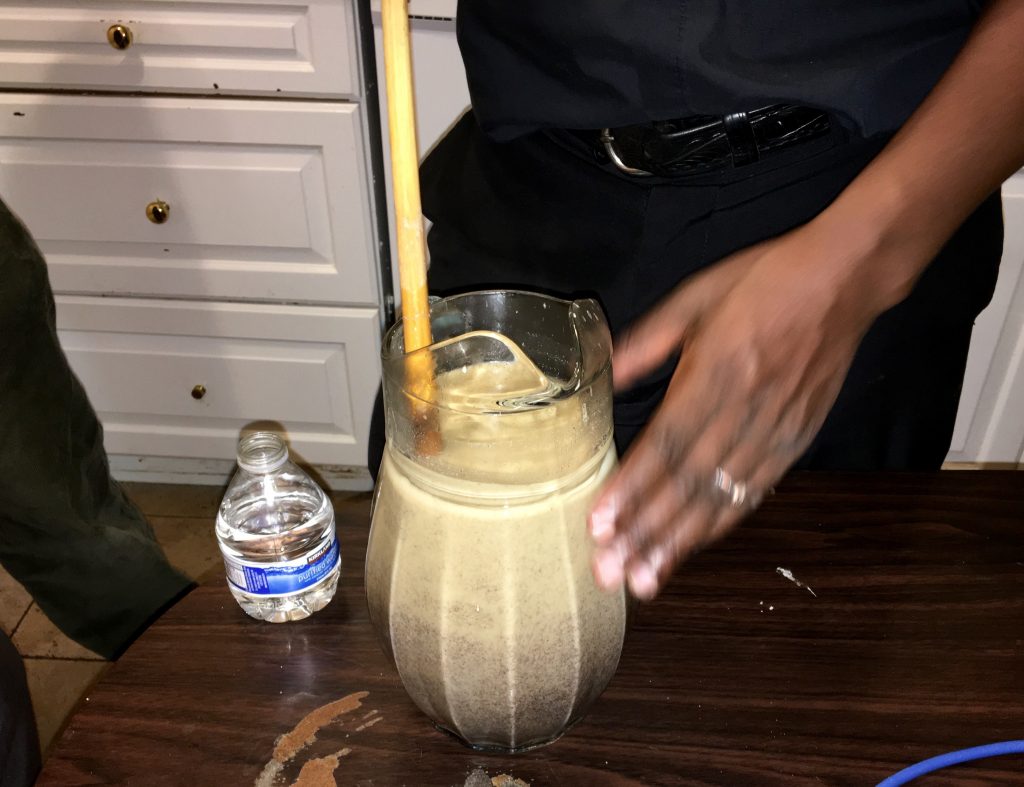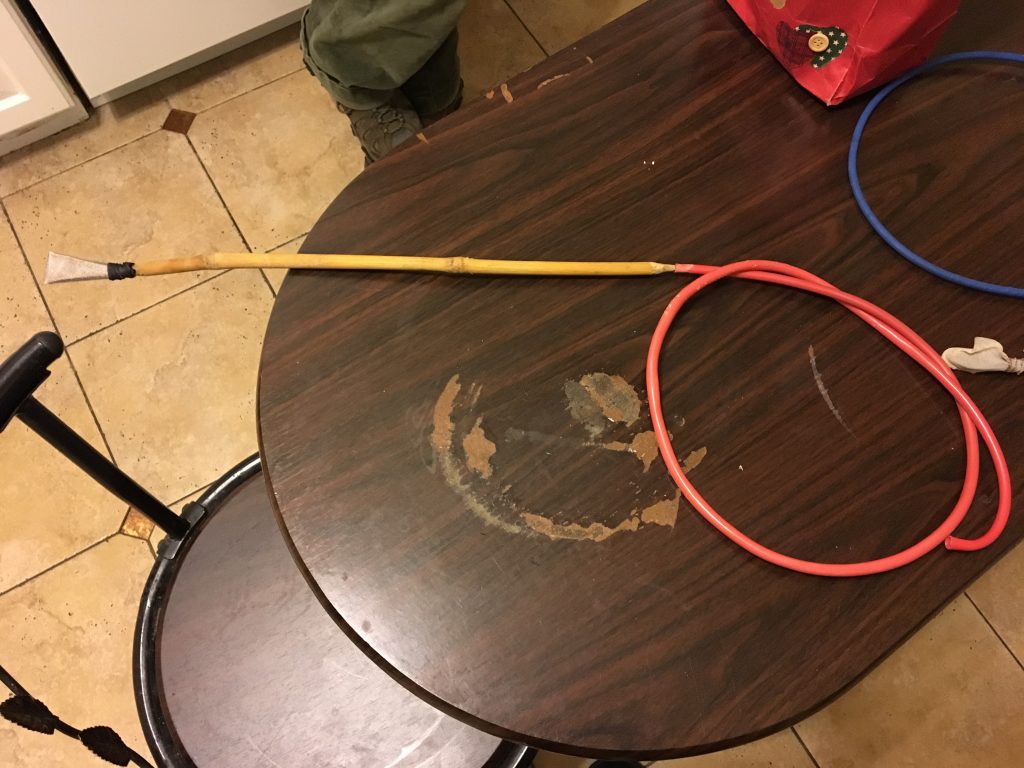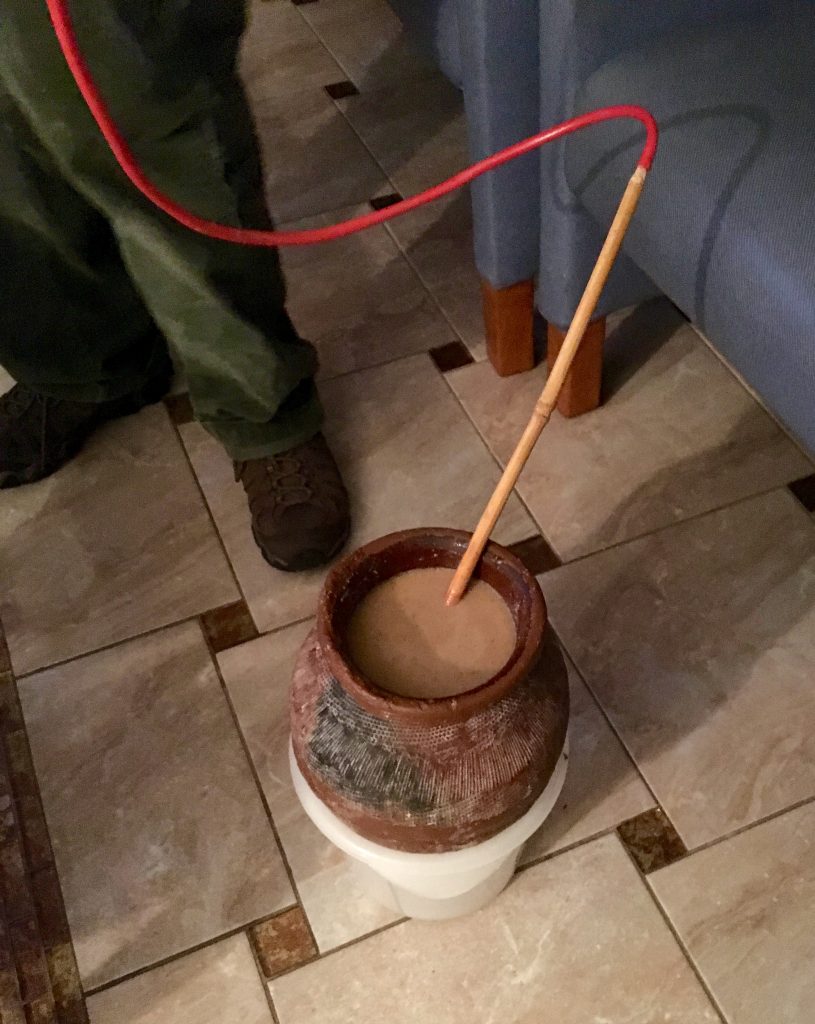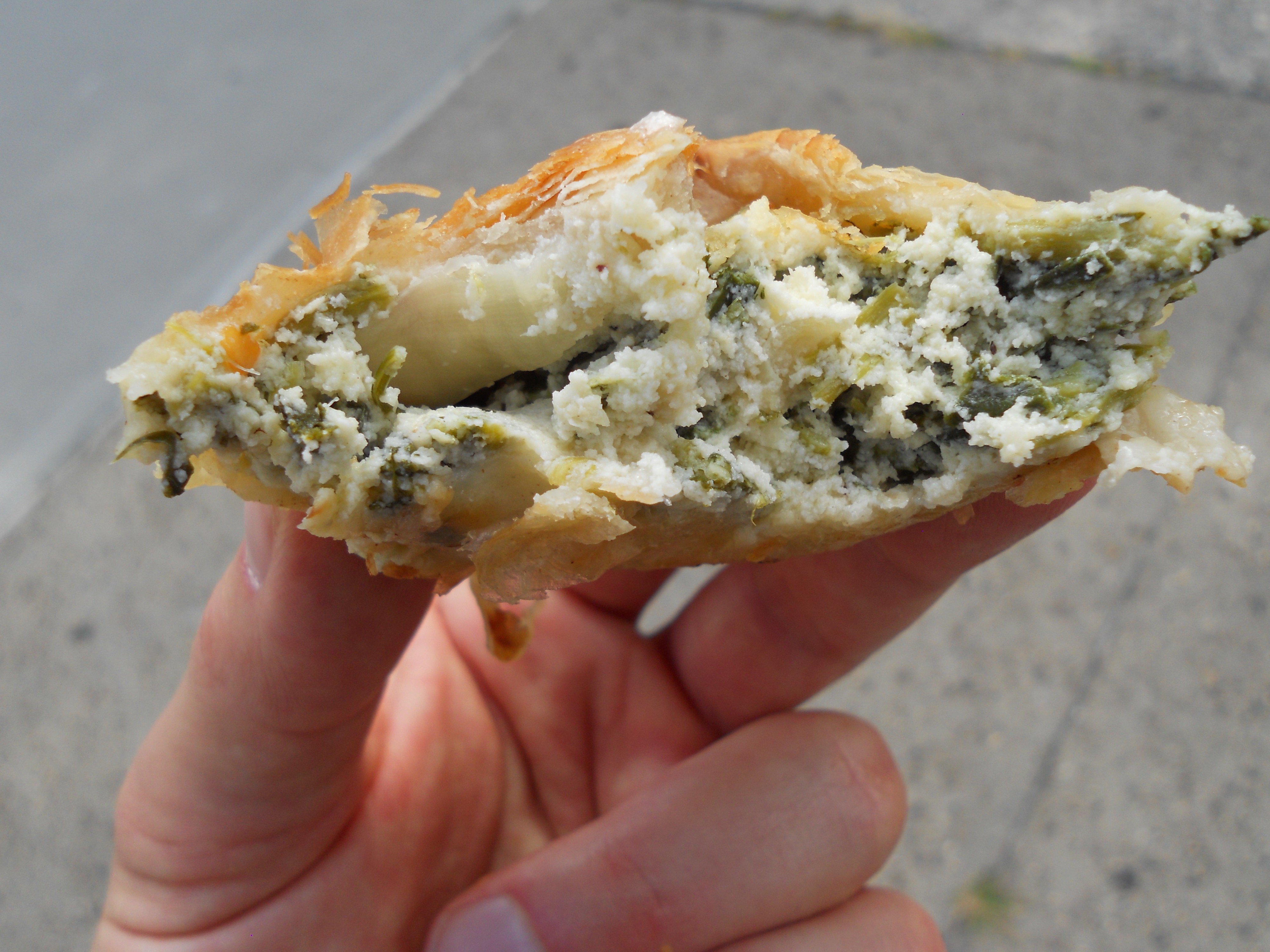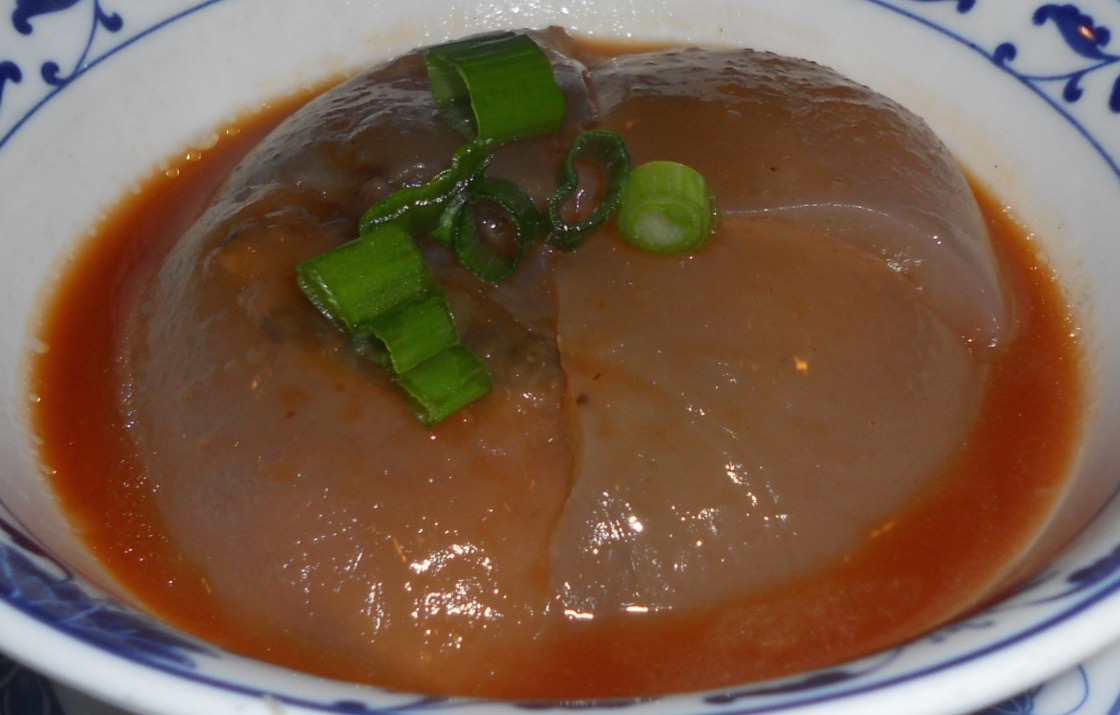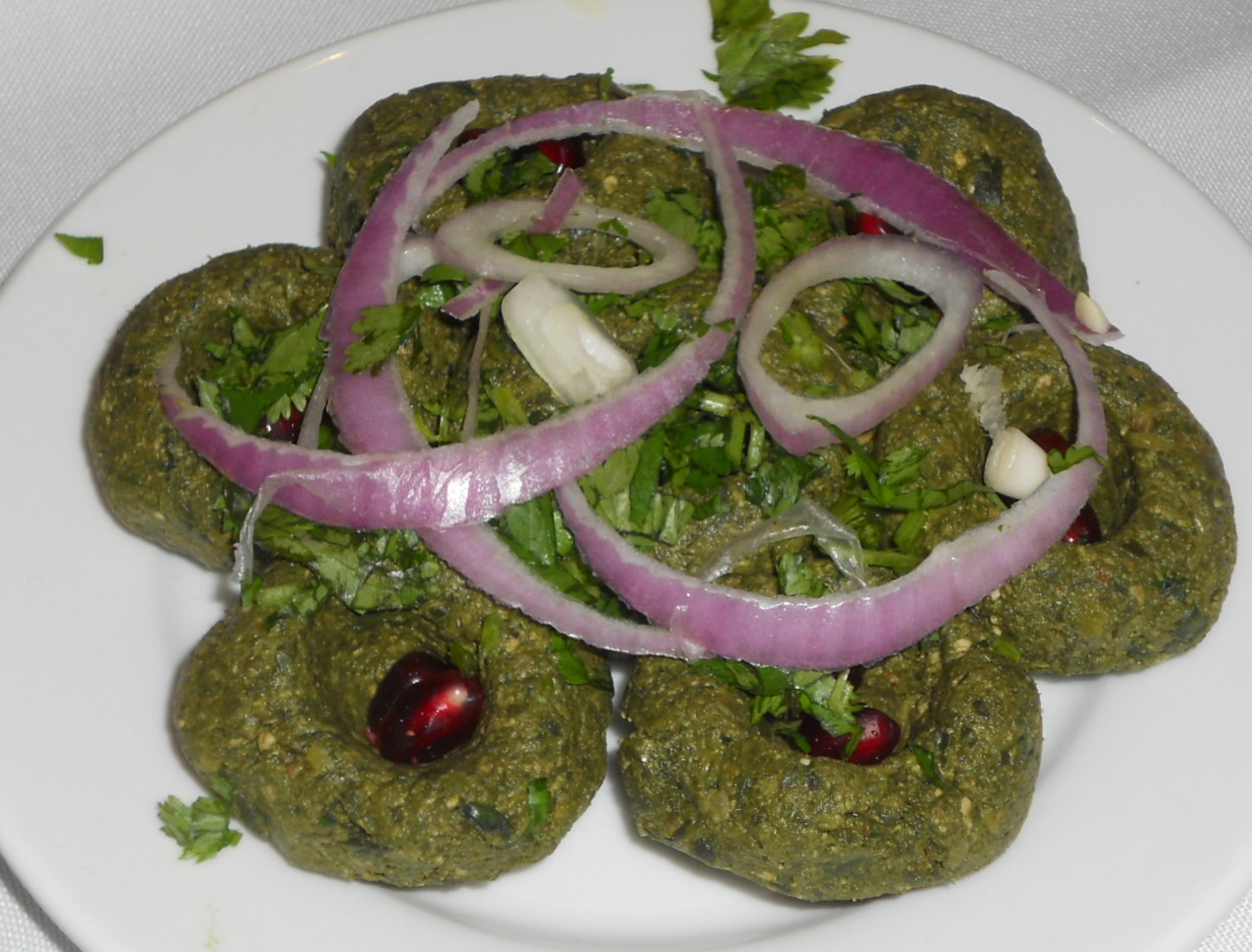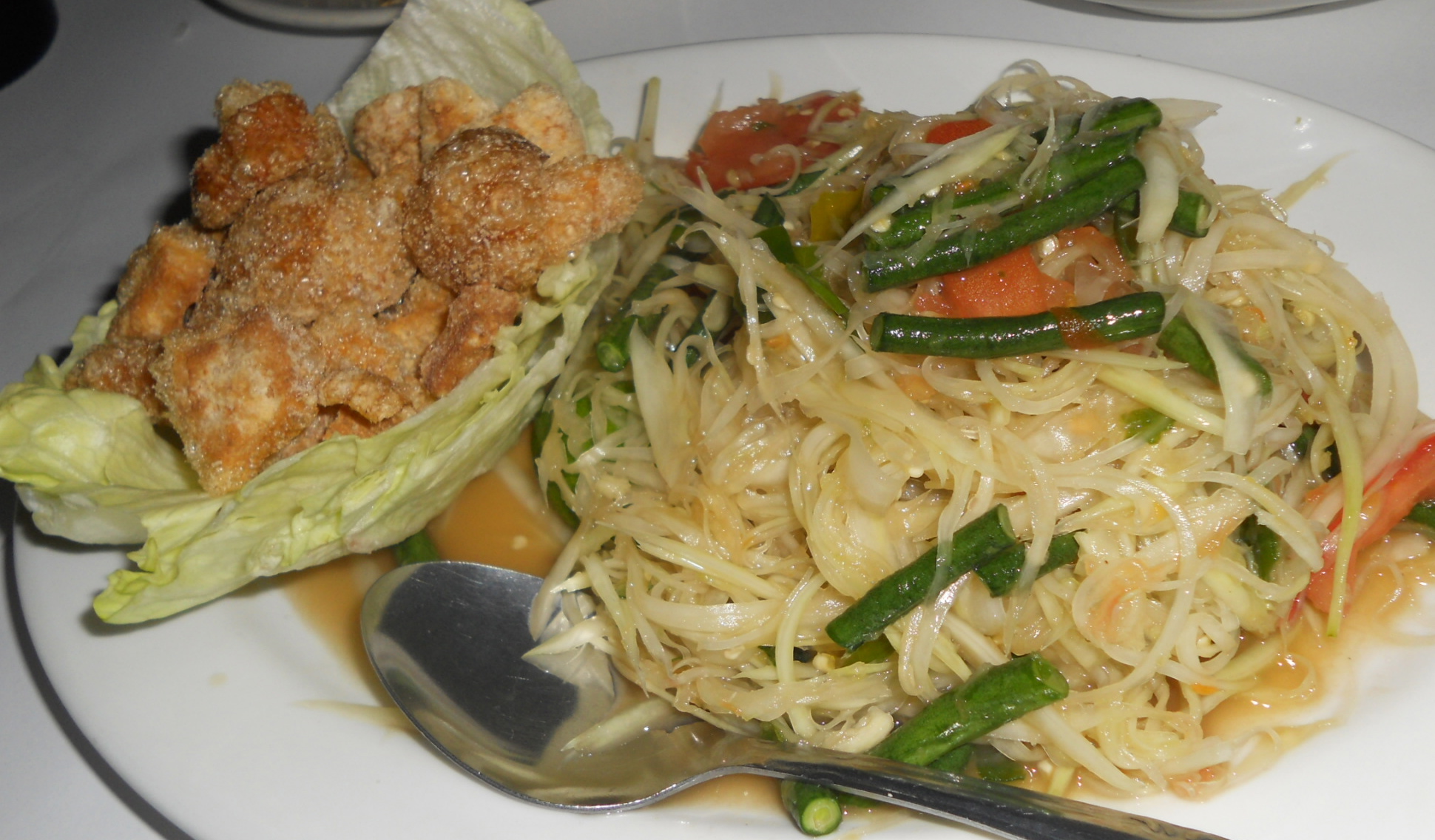Let’s get right to it:
Yep, that’s a picture of two priests and a school principal. And yes, the gentlemen are drinking home-brewed millet beer from a communal clay pot, using long, homemade straws. But you probably figured that out already.
Here’s how all of this happened: I somehow met a Ugandan guy named Brian (from We Dream Africa), and he introduced me via email to a Ugandan named James, who happened to be the organizer of a Ugandan independence day celebration. He graciously invited me to tag along for the celebration, held in the gymnasium of the Saints Philip and James School in the Bronx.
Sadly, Brian couldn’t make it that night, and neither could the cameraman who had planned to accompany me. So I walked into the school gymnasium alone, without knowing anybody at the event. And here’s when you know that you’re in the presence of a wonderfully welcoming culture: from the moment I walked in, friendly Ugandans kept approaching me to strike up conversations, answer my questions, and make sure that I felt comfortable.
It was incredible – I can’t even begin to tell you how much I learned about the country that night, and I lost track of the number of fascinating, friendly people I met, including a visiting priest named Father Charles who was enjoying his first-ever trip to the United States, several entrepreneurs and teachers, a social work professor, a few graduate students, and some United Nations staff members.
But you’re probably not here to hear about the amazing Ugandans I met. This is a food blog, so you’re probably here for food:
So yes, that’s an epic buffet, prepared by a fleet of friendly Ugandan women. The meal highlighted the wondrous diversity of Ugandan cuisine, which is intensely regional. Some African cuisines center around a single, starchy staple, like Malawian nsima. But depending on where you are in Uganda, you’ll see completely different staple starches, including rice, cassava, yams, matooke (mashed green plantains, often cooked in a banana leaf), taro, posho (a corn-based relative of ugali), millet, and chapati, among others.
The plethora of starches (yup, I was just looking for an excuse to use the word “plethora”… you’re welcome) was accompanied by a herd of excellent protein dishes, including a fantastic roasted chicken, some stewed pork, and two different versions of peanut sauce. Interestingly, one of them had been slow-cooked inside a banana leaf – I was told that this particular version was reserved for special occasions, since it takes literally a full day to prepare:
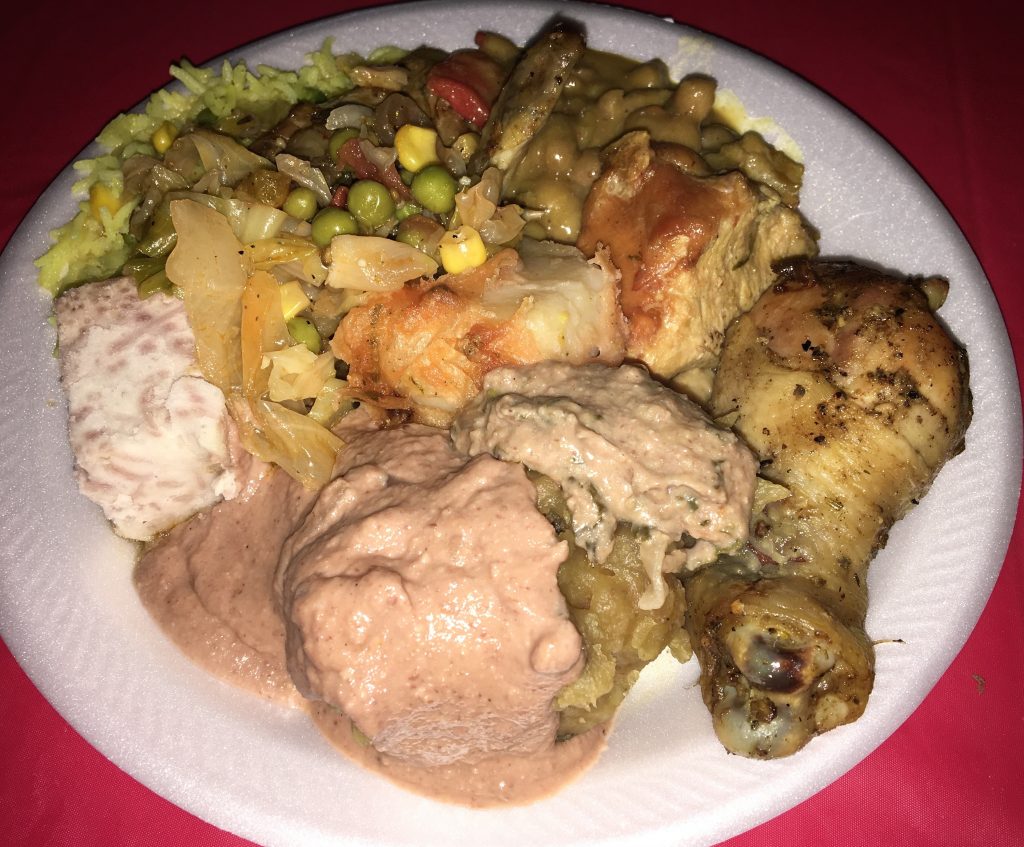
epic Ugandan combo platter; yes, you can taste the difference between the slow-cooked peanut sauce and the not-as-slowly-cooked peanut sauce
This meal, of course, was prepared to celebrate a special occasion: Ugandan Independence Day. And in keeping with Ugandan cultural traditions, all special occasions are followed by music and dancing. “It’s part of our culture,” one of my new Ugandan friends explained, “You have to dance at these events!”
But right before the dancing began, the school’s principal, a deeply charming Irish-American named Cathy, came over to introduce herself. (Apparently, I looked a little bit out of place in a sea of Ugandans, even if the sea of Ugandans had ensured that I felt perfectly at home.) When I explained my food quest to her, she exclaimed, “Oh, you need to come with me!”
Then she gently grabbed me by the arm and pulled me across the school courtyard, into the adjacent church, and upstairs into the priest’s apartment. That’s where millet beer happens.
Cathy’s nephew, Michael, turns out to be one of America’s foremost experts on Ugandan millet beer, and he told me exactly how the stuff is made. The only trouble is, I’m a little bit worried that my memory of the millet beer recipe has already been clouded by… well, lots of millet beer.
But here’s what I understood about it: basically, you take a pile of millet, and leave half of it outside for a week or two to collect natural yeasts to start the fermentation process. The other half of the millet is then pan-toasted. Then, all of the millet is ground into a powder and fermented in water. After a few days – presto! – millet beer. The “raw” millet beer is then mixed with hot water immediately before it’s consumed.
I absolutely loved the stuff. It reminded me a little bit of an unfiltered, unsweetened sake – it didn’t have even the slightest hint of sugar, but had a nice, toasted flavor, and plenty of sediment to give the beer some texture. Actually, it has so much sediment that you have to drink it through a long straw with a metal screen on one end.
And since we were in Father Steven’s apartment, the next thing I knew, I was drinking with a couple of priests, passing the long straws back and forth so we could guzzle our respective shares of the beer. We chatted about Uganda, and Tanzania, the priests’ lives in America, and the various parishes they’d led over the years. Principal Cathy started talking about some of the antisocial behavior by her students at the school, and she and the priests started brainstorming ways to improve the moral strength of the children in their schools and their parish.
I wobbled in my chair a little, admiring my companions: even on a Saturday night, they were plotting ways to make their community a better place.
And at some point, I excused myself – after all, it was late on a Saturday night, and I had a funny feeling that the priests had some work to do the next morning.
Endless thanks to all of the amazing Ugandans (and honorary Ugandans — you know who you are!) who made this an incredibly memorable evening: James, Brian, Proscovia, Father Steven, Father Charles, Cathy, and Michael, among countless others. You all know how to make an American boy fall in love with your country — even if he’s never set foot there.


